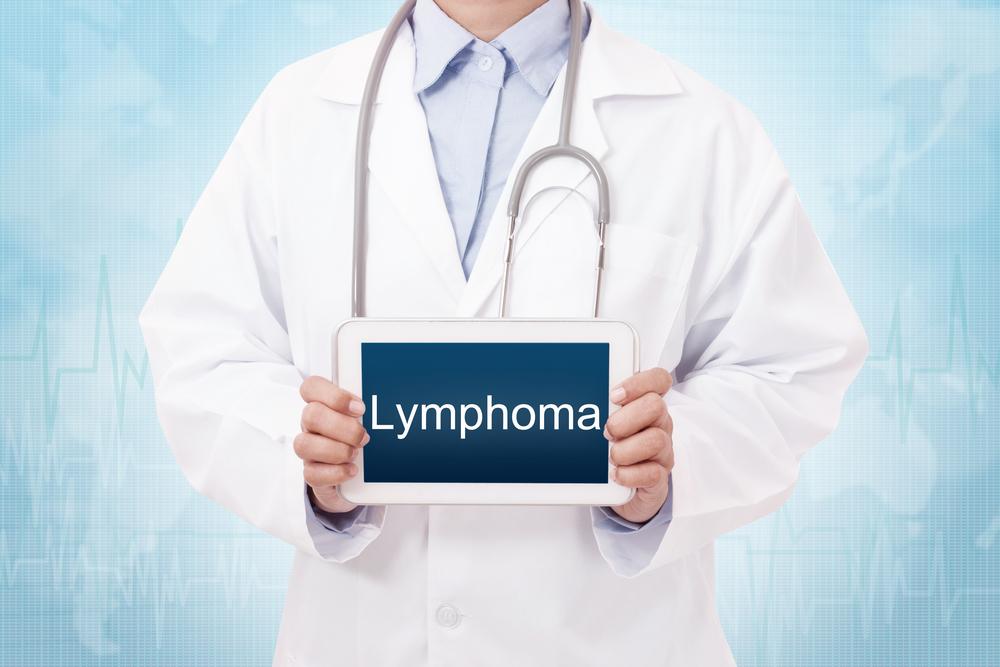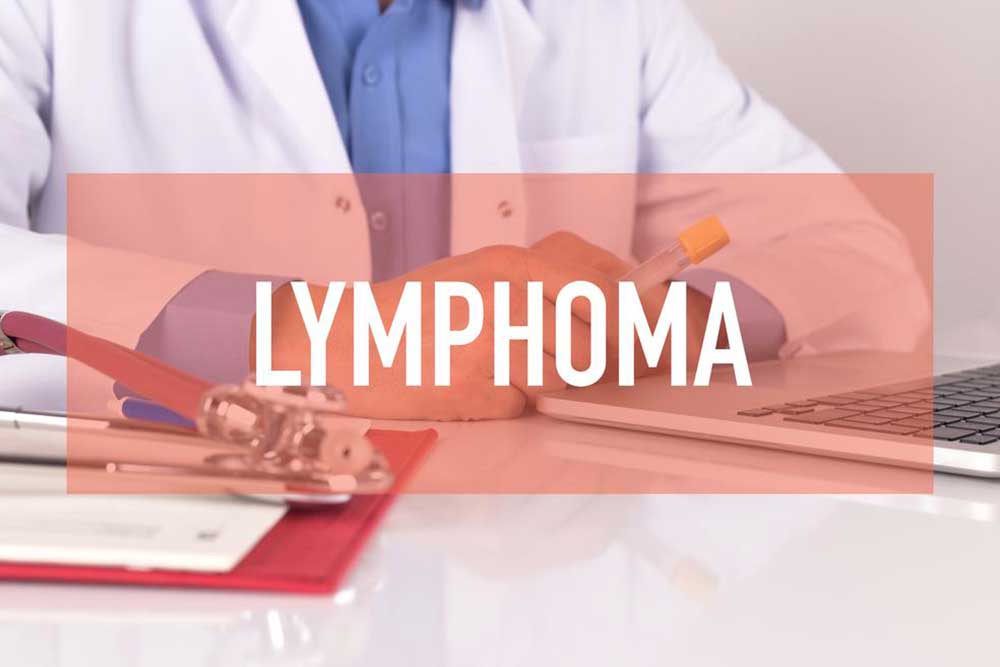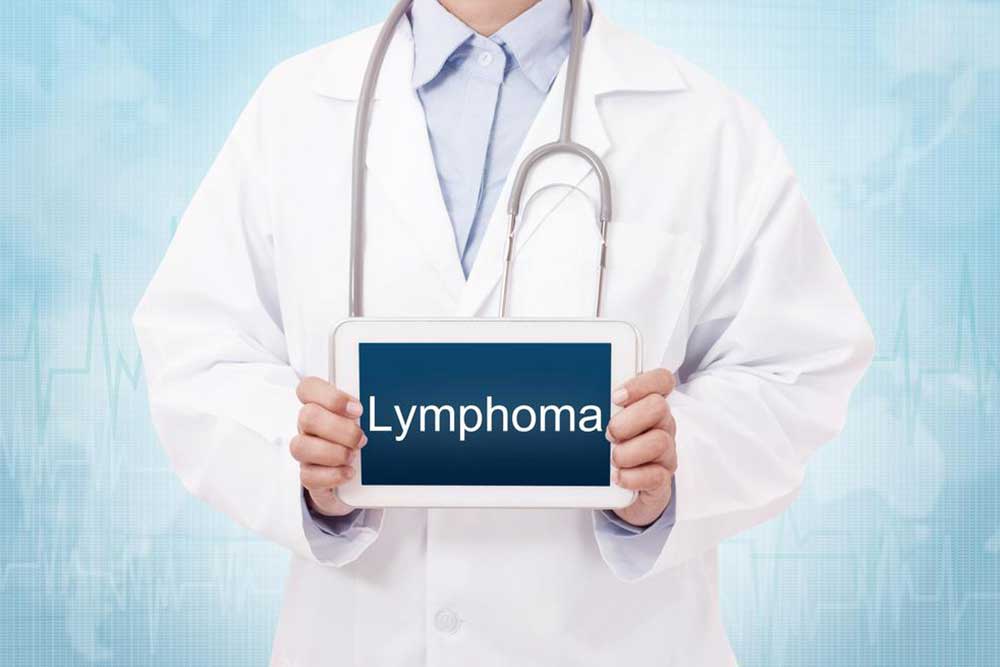Strategic Approaches to Treating Hodgkin’s and Non-Hodgkin’s Lymphoma
This article explores treatment options for Hodgkin’s and non-Hodgkin’s lymphoma, emphasizing personalized strategies such as watchful waiting, radiation, chemotherapy, and advanced targeted therapies. It highlights the importance of tailored approaches based on disease type, stage, and patient health for effective management. Providing vital insights, the piece serves as a helpful resource for patients and caregivers seeking an understanding of lymphoma treatments and options for improving quality of life.

Strategic Approaches to Treating Hodgkin’s and Non-Hodgkin’s Lymphoma
Lymphoma is a cancer that originates in the lymphatic system, which is part of the body's immune defense network, including the spleen, bone marrow, and lymph nodes. The disease is categorized into two primary types: Hodgkin’s lymphoma and non-Hodgkin’s lymphoma. Treatment aims to eradicate cancerous cells when feasible, alleviate symptoms, and enhance overall quality of life. Some patients experience long-term remission, depending on their response to therapy.
Selection of treatment depends on several key factors:
Type of lymphoma
Stage of cancer or its progression speed
Patient’s health status, age, and preferences
Approximately 80% of non-Hodgkin lymphoma cases localized to specific areas respond effectively to treatment.
Appropriate treatment strategies include:
1. Observation Approach
For indolent non-Hodgkin lymphomas with slow progression, doctors might recommend a watchful waiting approach, involving regular monitoring and testing until symptoms impact the patient's quality of life, at which point treatment is initiated.
2. Radiation Therapy
This method involves directing concentrated energy, such as radiation beams, at cancer cells to destroy them effectively.
3. Chemotherapy
Strong medications administered orally or through IV aim to eliminate cancerous cells systematically.
4. Stem Cell Transplant
Also called bone marrow transplantation, this procedure uses high-dose chemo and radiation to eliminate damaged marrow, then infuses healthy stem cells (from a donor or the patient) to regenerate bone marrow function.
5. Targeted and Biological Therapies
These therapies include cancer vaccines, monoclonal antibodies, gene therapies, and radioimmunotherapy. Many are experimental and may require participation in clinical trials.
Note:
The information on this website offers valuable insights across various health topics. While the content is based on research, it should not replace professional medical advice. We cannot guarantee accuracy or comprehensiveness, and readers should consult healthcare providers for personalized treatment options or specific concerns.










